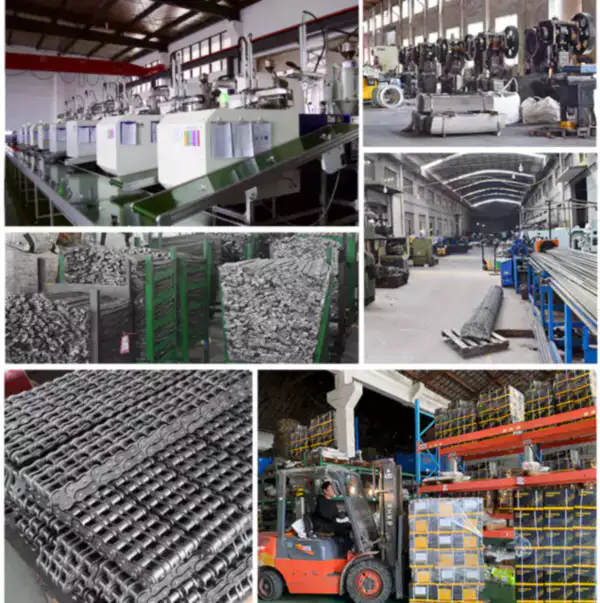Gripper chains are a type of conveyor chain that are commonly used in manufacturing and industrial settings. They are designed to grip and move products through a production line, ensuring maximum efficiency and productivity. However, like all mechanical components, gripper chains can experience wear and tear over time, which can lead to elongation and a decrease in system efficiency. In this article, we will explore the implications of gripper chain elongation and what steps can be taken to mitigate these effects.
What is Gripper Chain Elongation?
Gripper chain elongation refers to the stretching of the chain over time due to wear and tear. This can have a significant impact on the overall efficiency of the system, as the chain may no longer be able to grip and move products with the same level of precision and accuracy as it did when it was new. In addition, elongation can cause the chain to become misaligned, which can lead to further damage and decreased efficiency.
Causes of Gripper Chain Elongation
Several factors can contribute to gripper chain elongation, including:
- Excessive load
- Poor lubrication
- High speeds
- Harsh operating conditions
These factors can cause the chain to wear down more quickly, leading to elongation and decreased efficiency over time.

Effects of Gripper Chain Elongation
The effects of gripper chain elongation can be significant, including:
- Decreased system efficiency
- Inaccurate product movement
- Increased downtime
- Excessive wear on other components
These effects can ultimately lead to decreased productivity and increased costs for the manufacturer.
Mitigating the Effects of Gripper Chain Elongation
Fortunately, there are several steps that can be taken to mitigate the effects of gripper chain elongation, including:
- Regular lubrication
- Proper tensioning
- Regular inspection and maintenance
- Replacement of worn or damaged components
By taking these steps, manufacturers can help to ensure that their gripper chains are operating at peak efficiency, minimizing downtime and maximizing productivity.

Gripper Chain Purchasing Guide
| Parameter | Description |
|---|---|
| Size | Determine the appropriate size for your application based on the load and speed requirements |
| Material | Select the appropriate material based on the operating conditions |
| Coating | Choose a coating that is appropriate for your application |
| Tensile Strength | Ensure that the gripper chain has sufficient tensile strength to handle the load requirements |
Sprockets for Gripper Chains
Sprockets are an important component of any gripper chain system, as they are responsible for transferring power from the motor to the chain. Choosing the right sprocket is essential for ensuring maximum efficiency and productivity. At our company, we offer a wide range of gripper chain sprockets that are designed to work seamlessly with our gripper chains. Our sprockets are made from high-quality materials and are designed to withstand even the harshest operating conditions.

By choosing our gripper chains and sprockets, manufacturers can ensure that their systems are operating at peak efficiency, minimizing downtime and maximizing productivity.
Our Advantages
As a leading manufacturer of gripper chains and sprockets, we offer several advantages over our competitors:
- High-quality materials
- Wide range of sizes and materials
- Customizable solutions
- Expert technical support
- Competitive pricing

Q&A
Q: How often should gripper chains be inspected?
A: Gripper chains should be inspected on a regular basis, ideally every 3 to 6 months. However, the frequency of inspections may vary depending on the operating conditions and load requirements of the system.
Q: Can gripper chains be repaired?
A: In some cases, gripper chains can be repaired by replacing worn or damaged components. However, in many cases, it may be more cost-effective to simply replace the chain.
Q: What is the maximum load capacity of a gripper chain?
A: The maximum load capacity of a gripper chain will vary depending on the size and material of the chain, as well as the operating conditions. It is important to consult the manufacturer's specifications to determine the appropriate load capacity for your application.
Edited by Zqq.
